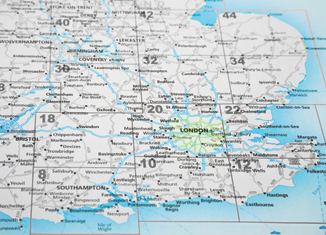There has already been a lot of press comment about the Help to Buy (HTB) scheme. In this month's issue of Property Investor News™ there is an article that highlights the program and the changes which might, I say might, impact on BTL investors.
I want to broaden the discussion slightly. If we look at the HTB scheme from the lender's perspective we can peel back the risk factors to the government and by extension, to the lenders.
Capital reserves
When a bank makes a loan they need to fund the loan. If you borrow £100,000 they need to somehow come up with £100,000. The bank borrows the money by taking in deposits or from other forms of raising capital. Banks do not lend only their own money. What a consumer calls savings in the bank, the bank treats as liabilities as legally the bank is borrowing from the depositor.
To protect the depositor, the bank is required by various laws or regulations to keep a reserve that is proportional to the loans originated by the bank. That reserve will actually vary based on the risk profile of the loan. Without trying to get into the different types of slots or reserve levels, let me state that a loan at 95% LTV will require a capital reserve six times larger than a similar quality loan at the 65% LTV level. Stated a different way, the high LTV loan chews up the same capital as six loans at the lower LTV level. The bank can make one high LTV loan or six lower LTV loans or put another way; one 'sale' v six 'sales'.
Politics
The UK Treasury wants banks to get behind the second phase of the HTB scheme. Under that programme borrowers will be able to put down 5% and the government will insure or guarantee a specific slice of the loan. This is supposed to remove some of the risk of loss from loan defaults.




















